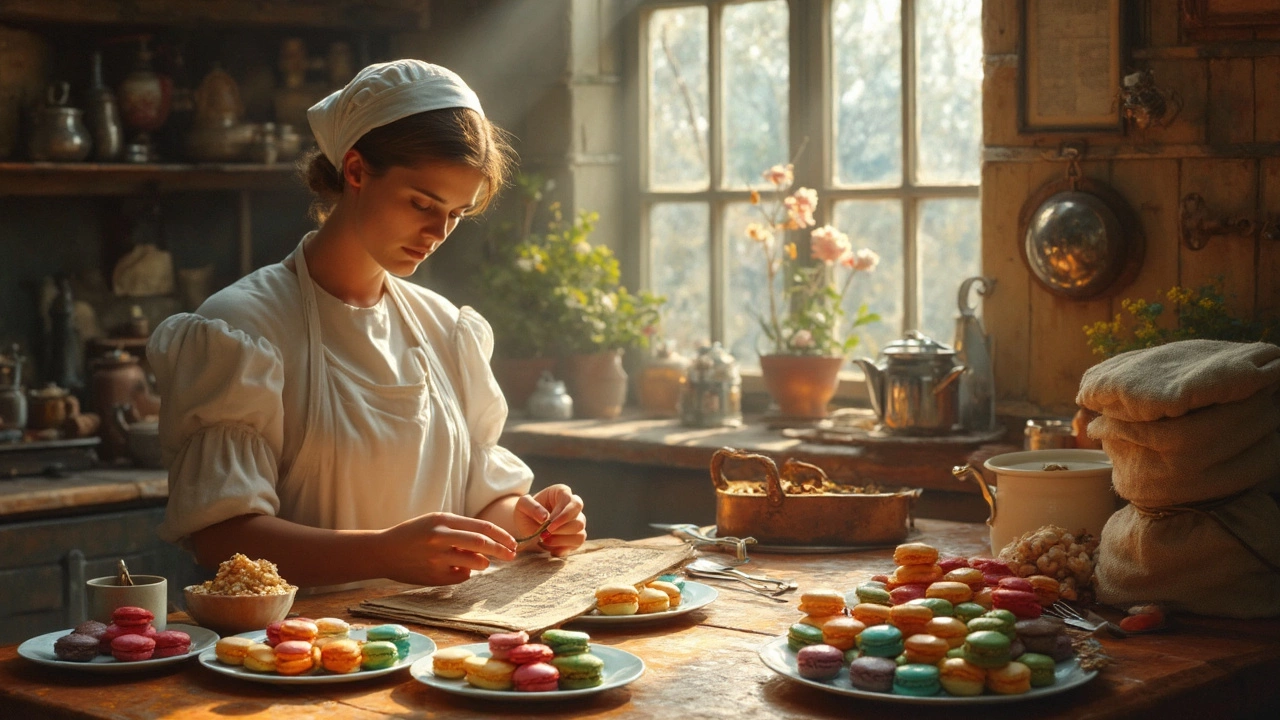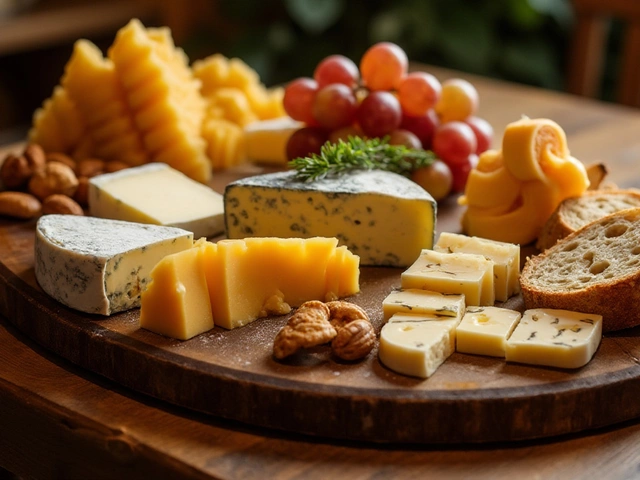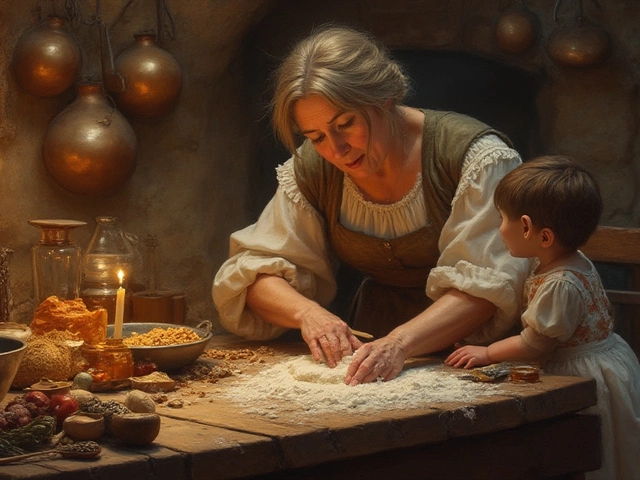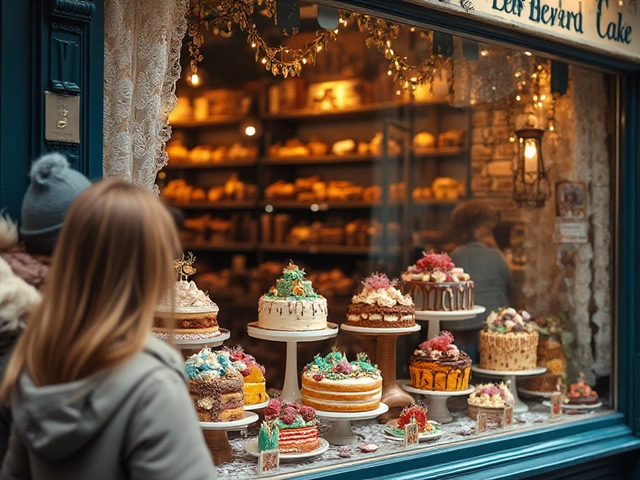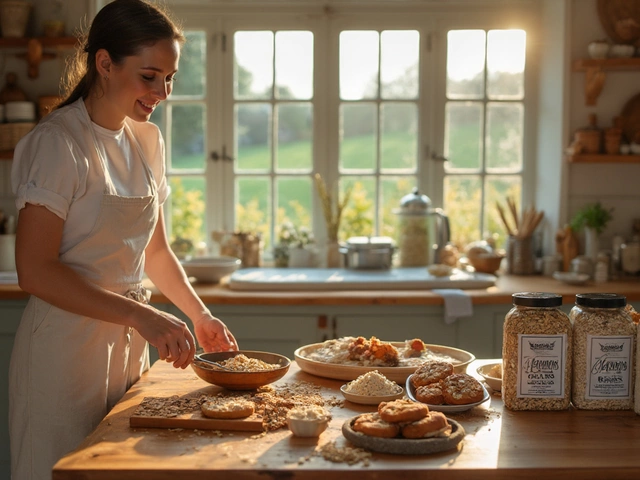French Desserts: Simple Guide to Classic Treats and Modern Twists
When you think of French desserts, images of buttery croissants, glossy crème brûlée, and colorful macarons probably pop up. These sweets are more than just pretty – they’re built on solid technique and a love of flavor. Below you’ll find quick overviews of the most popular French treats and easy ways to bring them into your kitchen.
Timeless French Classics
Start with the basics. A crème brûlée needs heavy cream, egg yolks, sugar, and vanilla. The secret is a slow bake in a water bath and a final sugar caramel on top. Use a kitchen torch or broiler, and you’ll get that signature crack you love.
Éclairs are long choux pastries filled with pastry cream and topped with chocolate glaze. The choux dough is light because you steam the water in the pan before adding flour. Pipe the dough, bake until puffed, then let it cool before filling – this prevents soggy bottoms.
Macarons get a reputation for being tricky, but the key is a consistent meringue and letting the shells rest before baking. Aim for a smooth, glossy top and a gentle “feet” around the edges. Pair classic flavors like raspberry or pistachio with a matching buttercream for a balanced bite.
Don’t forget the tarte Tatin. Caramelized apples sit under a flaky pastry, then flip it upside down for a gorgeous, glossy finish. Use firm apples and a hot skillet to get the caramel right, and you’ll have a dessert that looks as good as it tastes.
Modern Twists & Trending Flavors
French pastry is always evolving. In 2024, you’ll see matcha‑infused soufflés, lavender‑honey éclairs, and salty caramel mille‑feuilles on café menus. These variations keep the classic techniques but add fresh flavor combos that appeal to modern palates.
If you love fruit, try a raspberry‑rose mille‑crêpe. Layer thin crêpes with rose‑scented pastry cream and fresh raspberries. The result is an elegant dessert that’s surprisingly easy once you master the crêpe batter.
For a quick trend, sprinkle crushed pistachios on top of vanilla custard or chocolate mousse. The salty crunch adds texture without the need for extra baking steps.
Storing French desserts is simple if you follow a few rules. Keep custard‑based treats like crème brûlée in the fridge, covered with plastic wrap, and serve within three days. Macarons stay fresh at room temperature for two days or can be frozen for up to a month – just let them thaw before eating.
Ready to try one? Pick a classic you’ve never attempted, gather the core ingredients, and follow a trusted recipe. You’ll quickly see how French desserts blend precision with creativity, and you’ll have a tasty treat to share with friends or keep for yourself.
Whether you’re after a golden brûlée crust, a fluffy éclair, or a bright macaron, French desserts offer something for every skill level. Dive in, experiment with a modern flavor, and enjoy the sweet side of France right at home.
